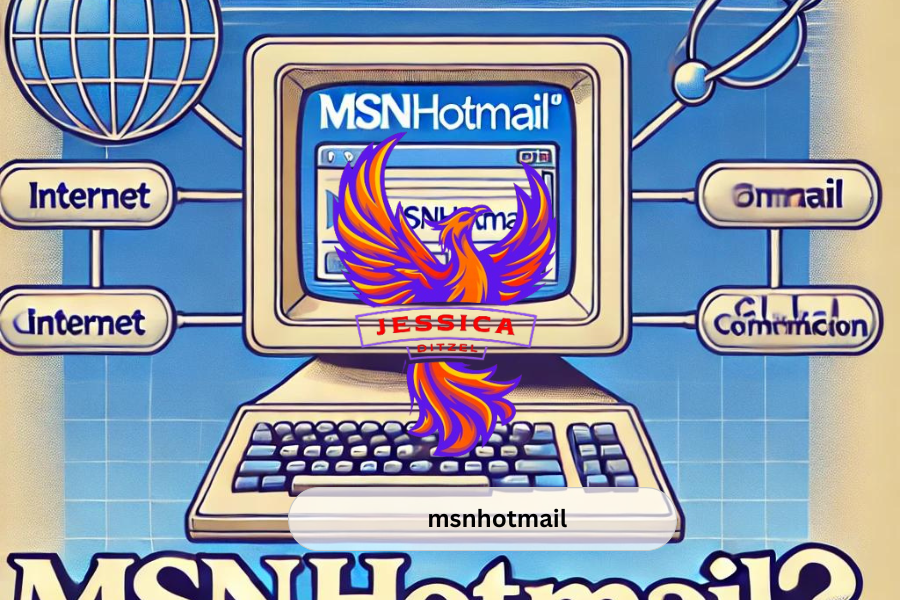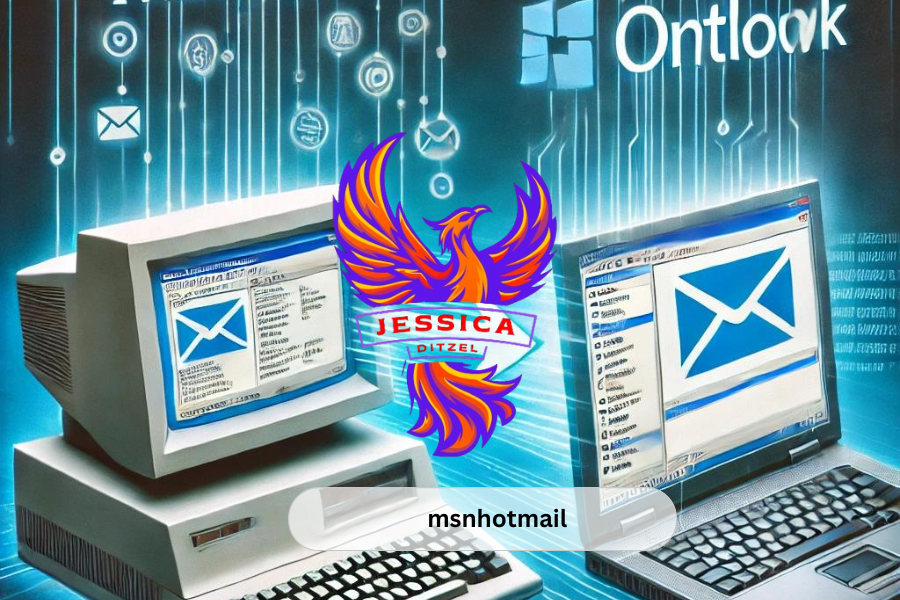In today’s digital world, email remains a cornerstone of communication. Among the many email services that have existed, “msnhotmail” stands out as a pioneer in connecting people globally. This article delves into the history, features, and importance of “msnhotmail,” offering insights for both long-time users and those new to the platform. Along the way, we’ll also explore how “msnhotmail” stacks up against modern email services, providing a well-rounded understanding of its relevance today. Additionally, we’ll briefly touch on “kukleion athanaton homer,” an ancient concept intertwined with the digital age, as it resonates with timelessness much like the enduring nature of “msnhotmail.”
1. What is “msnhotmail”?

“Msnhotmail,” originally known simply as “Hotmail,” was one of the first web-based email services. Launched in 1996 by Sabeer Bhatia and Jack Smith, it offered users the ability to access their emails from any web browser, a revolutionary concept at the time. The service gained immense popularity, eventually catching the attention of Microsoft, which acquired it in 1997.
Under Microsoft’s ownership, Hotmail was rebranded as MSN Hotmail and integrated into the suite of MSN services, which also included news, search, and instant messaging. The platform’s integration into the Microsoft Network (MSN) was a significant step that expanded its user base and solidified its position as a leading email provider.
However, “msnhotmail” has not remained static. In 2013, Microsoft transitioned Hotmail users to Outlook.com, a more modern email service with enhanced features. Despite this, many users still refer to their Outlook email as “msnhotmail,” reflecting the brand’s lasting impact.
2. Key Features of “msnhotmail”
“Msnhotmail” was known for its user-friendly interface and accessible features, which made email communication straightforward and convenient. Some of the key features that defined the platform included:
- Free Email Accounts: “Msnhotmail” offered free email accounts with ample storage, making it accessible to a broad audience. This was a major draw at a time when many email services charged for access.
- Integrated Address Book: The service allowed users to store and manage contacts easily, streamlining communication.
- Spam Filtering: “Msnhotmail” was one of the first services to introduce spam filtering, protecting users from unwanted emails.
- Calendar Integration: Users could schedule and manage their time directly within the email platform, making it a multifunctional tool.
- Cross-Platform Access: The ability to access “msnhotmail” from any internet-enabled device was groundbreaking, providing flexibility and convenience.
Even today, as users navigate through Outlook.com, many of these features remain, though enhanced with modern technology.
3. The Evolution of “msnhotmail” into Outlook
When Microsoft decided to evolve “msnhotmail” into Outlook.com, the move was seen as an effort to modernize its email services in the face of competition from Google’s Gmail. Outlook.com brought a host of new features while retaining the familiarity of “msnhotmail.”
Outlook.com introduced a cleaner, more intuitive interface, along with better integration with Microsoft Office tools, enhanced security, and improved spam filtering. The transition allowed Microsoft to offer a more robust and competitive email service, which continues to serve millions of users worldwide.
4. How to Access Your Old “msnhotmail” Account
Many long-time users of “msnhotmail” may wonder how to access their old accounts, especially if they have not used them in years. Fortunately, accessing your “msnhotmail” account is relatively straightforward.
To access your “msnhotmail” account:
- Visit Outlook.com.
- Enter your “msnhotmail” email address and password.
- If you have forgotten your password, you can use the account recovery options provided by Microsoft.
It’s important to note that while your email address may still end with “@hotmail.com,” you’ll be using the Outlook.com interface.
5. Comparing “msnhotmail” with Modern Email Services
When comparing “msnhotmail” to modern email services like Gmail, Yahoo Mail, and others, it’s clear that the platform laid the groundwork for many of the features we now take for granted. However, it also faced challenges that newer services have addressed.
For instance, Gmail revolutionized email with its introduction of threaded conversations and powerful search capabilities. Meanwhile, Outlook.com has kept pace by integrating with Microsoft Office and providing features like Focused Inbox, which prioritizes important emails.
However, “msnhotmail” holds a special place in the history of email services, with its legacy of innovation still influencing the design and functionality of modern platforms.
6. The Cultural Impact of “msnhotmail”
“Msnhotmail” was more than just an email service; it was a cultural phenomenon. It connected people across the globe, playing a crucial role in the early days of the internet when online communication was still in its infancy.
This platform allowed for the spread of ideas and culture at a pace previously unimaginable. From personal communication to business correspondence, “msnhotmail” became a tool for global interaction. In many ways, it laid the foundation for the digital connectivity that defines the modern world.
7. The Future of “msnhotmail”
Although “msnhotmail” as a brand no longer exists in the form it once did, its influence is undeniable. The transition to Outlook.com marks the evolution of Microsoft’s email services, ensuring that the legacy of “msnhotmail” continues in a more modern and powerful form.
As we look to the future, it’s clear that the principles of accessibility, user-friendliness, and innovation that defined “msnhotmail” will continue to guide the development of email services. The journey of “msnhotmail” reflects the broader evolution of digital communication, reminding us of how far we’ve come.
Conclusion
“Msnhotmail” was a pioneering force in the world of email, introducing millions to the convenience of web-based communication. Despite its transition to Outlook.com, the essence of “msnhotmail” lives on, influencing the design and functionality of modern email services. As we navigate the future of digital communication, the legacy of “msnhotmail” reminds us of the importance of innovation and user-centric design.
In our rapidly changing world, it’s essential to remember the enduring nature of certain technologies, much like the ancient concept of “kukleion athanaton homer,” which resonates with timelessness and continuity. Just as “msnhotmail” laid the foundation for modern email services, “kukleion athanaton homer” reminds us of the lasting impact of enduring ideas.
For more insights on how “msnhotmail” shaped the digital landscape and its evolution into Outlook.com, you can explore this comprehensive guide on Microsoft’s email services.




